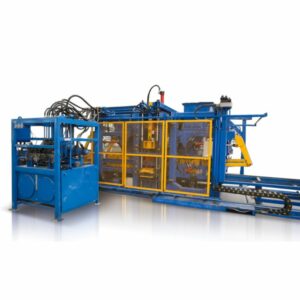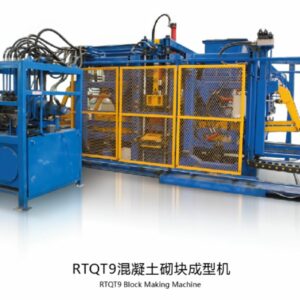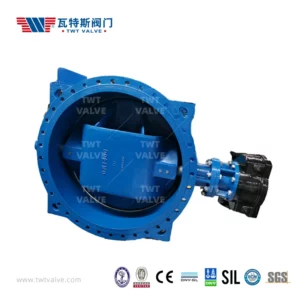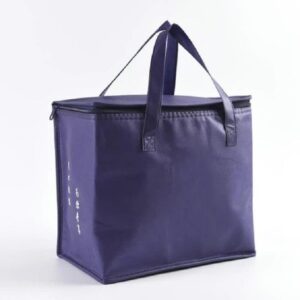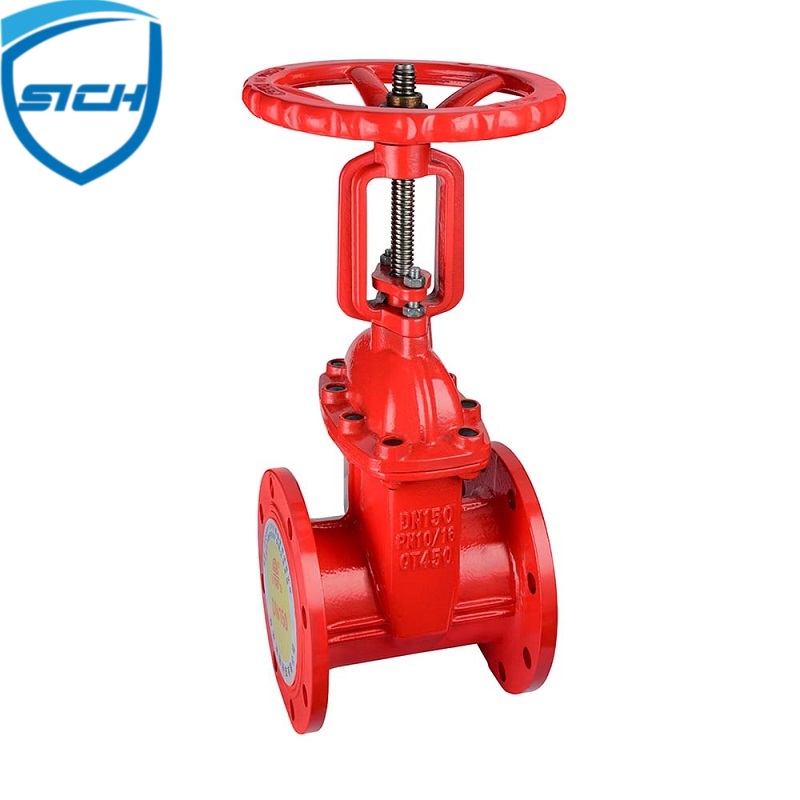Implementing proper safety measures is crucial when working with block maker machines.
Here are some common safety measures that should be implemented:
Operator Training: Ensure that operators receive comprehensive training on the safe operation of the block maker machine. They should understand the machine’s controls, emergency stop procedures, and safety features. Training should also cover proper handling of materials, loading and unloading of molds, and safe work practices.
Personal Protective Equipment (PPE): Provide appropriate personal protective equipment to operators and other personnel working with or near the block maker machine. This may include safety glasses, gloves, hearing protection, safety boots, and high-visibility clothing. The specific PPE requirements may vary depending on the hazards present in the work environment.
Machine Guards and Safety Devices: Install machine guards and safety devices as recommended by the manufacturer. These include protective covers, interlocking mechanisms, and emergency stop buttons. Machine guards should prevent access to moving parts, such as the molding unit and conveyor systems, to minimize the risk of injuries.
Lockout/Tagout Procedures: Establish lockout/tagout procedures to ensure the energy sources of the block maker machine are properly isolated during maintenance, repair, or cleaning activities. This helps prevent accidental startup or release of stored energy, which can pose serious hazards to personnel.
Risk Assessment and Hazard Identification: Conduct a thorough risk assessment of the block maker machine and its associated processes. Identify potential hazards such as pinch points, entanglement hazards, falling objects, and electrical hazards. Implement appropriate control measures to mitigate these risks, such as machine guarding, warning signs, and safe work procedures.
Regular Inspections and Maintenance: Conduct regular inspections and maintenance of the block maker machine to ensure its safe operation. Inspect electrical connections, hydraulic or pneumatic systems, and moving parts for signs of wear, damage, or malfunction. Address any identified issues promptly to maintain a safe working environment.
Housekeeping: Maintain a clean and organized work area around the block maker machine. Remove debris, spilled materials, and tripping hazards to prevent slips, trips, and falls. Properly store tools, equipment, and materials to maintain clear pathways and reduce the risk of accidents.
Emergency Preparedness: Develop and communicate an emergency response plan specific to the block maker machine. This plan should include procedures for handling emergencies, such as equipment malfunction, electrical failures, or personnel injuries. Ensure that all personnel are aware of the emergency procedures and know how to respond effectively.
Regular Safety Training: Conduct regular safety training sessions to reinforce safe work practices, hazard awareness, and emergency procedures. Stay updated with the latest safety regulations and industry best practices to continuously improve safety protocols.
Reporting and Investigation: Encourage a culture of safety by promoting the reporting of near-misses, incidents, and hazards related to the block maker machine. Investigate any reported incidents to identify the root causes and implement corrective actions to prevent recurrence.
Remember, safety should be a top priority when working with block maker machines. blocks making machine suppliers By implementing these safety measures and fostering a safety-conscious environment, you can help protect the well-being of personnel and minimize the risk of accidents or injuries.
How often should regular inspections and maintenance be conducted for block maker machines?
The frequency of regular inspections and maintenance for block maker machines can vary depending on factors such as the machine’s usage, operating conditions, and the manufacturer’s recommendations.
However, here are some general guidelines:
Daily Inspections: Conduct daily visual inspections before starting the machine. Check for any visible signs of wear, damage, or loose components. Ensure that safety devices, such as machine guards and emergency stop buttons, are in place and functioning properly. Inspect the electrical connections for any abnormalities.
Weekly or Bi-Weekly Inspections: Perform more thorough inspections on a weekly or bi-weekly basis. This may involve checking the condition of belts, chains, and other mechanical components. Inspect hydraulic or pneumatic systems for leaks, proper pressure, and smooth operation. Lubricate moving parts as per the manufacturer’s instructions.
Monthly Inspections: Conduct monthly inspections that cover a broader range of components and systems. Check the alignment of molds and verify the accuracy of block dimensions. Inspect the vibration system and ensure that it is functioning correctly. Examine the electrical system, including wiring and control panels, for any signs of wear or damage.
Seasonal Inspections: Consider seasonal inspections to address specific factors that may affect the machine’s performance. For example, in areas with significant temperature variations, inspecting and adjusting the machine’s settings for optimal operation in different weather conditions may be necessary.
Maintenance Schedule: Establish a maintenance schedule based on the manufacturer’s recommendations. This schedule should include tasks such as lubrication, filter replacements, belt tension adjustments, and other routine maintenance activities. Follow the manufacturer’s guidelines regarding the frequency and specific procedures for each maintenance task.
Reactive Maintenance: In addition to regular inspections, respond promptly to any signs of malfunction, unusual noise, or performance issues. Address these issues immediately to prevent further damage and minimize downtime. Keep a record of these reactive maintenance activities and use them to inform future inspections and preventive maintenance.
It’s important to note that the above frequency recommendations are general guidelines. Always refer to the manufacturer’s guidelines and documentation specific to your block maker machine. The manufacturer may provide more detailed instructions regarding inspection intervals, specific maintenance tasks, and recommended spare parts.
Adhering to a regular schedule of inspections and maintenance helps ensure the safe and efficient operation of the block maker machine, prolongs its lifespan, and reduces the risk of unexpected breakdowns or accidents.
